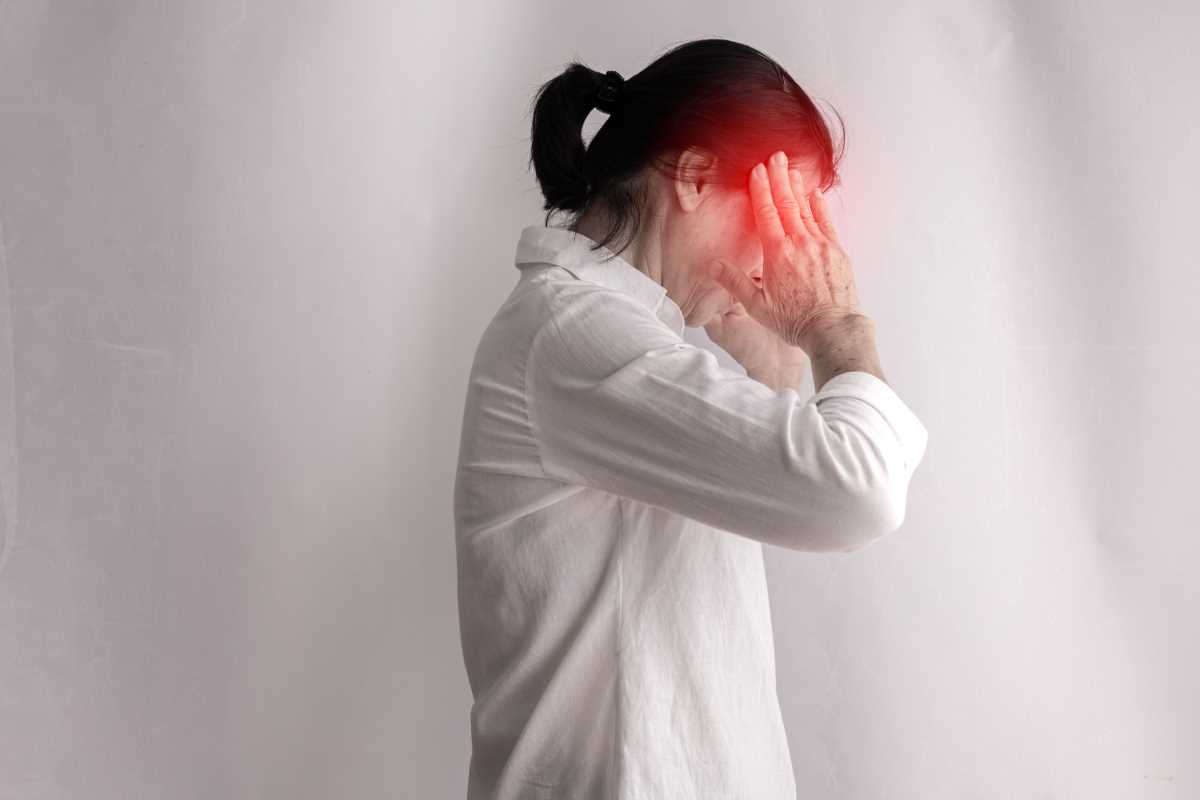When the days get shorter and colder, you might notice more than just a dip in the temperature. For some, the season brings an unmistakable shift in mood, energy, and motivation. If this sounds familiar, you may be experiencing Seasonal Affective Disorder, or SAD. This condition is more than just the "winter blues." It’s a type of depression that occurs at specific times of the year, often during fall and winter, when sunlight is scarce.
The good news is there are effective ways to manage SAD and stop it from casting a shadow over your life. From light therapy to lifestyle tweaks and counseling, this guide will explore the best treatment options for Seasonal Affective Disorder in clear, simple terms. By the end, you’ll have a better understanding of how to take control and feel more like yourself, no matter the season.
What Is Seasonal Affective Disorder?
Seasonal Affective Disorder is a kind of depression that follows a predictable seasonal pattern. While it most commonly begins in late fall as daylight hours shrink, it can also occur during the spring or summer months, though this “summer SAD” is far less common.
Symptoms of SAD
The symptoms of SAD can range from mild to severe and may include:
- Feeling sad or hopeless
- Low energy and fatigue
- Difficulty concentrating
- Sleeping too much or too little
- Losing interest in activities you usually enjoy
- Changes in appetite, often craving carbs (hello, comfort food!)
- Irritability or anxiousness
If you suspect you have SAD, it’s important to speak with a healthcare professional. They can confirm your symptoms and work with you to find a treatment plan that fits your needs.
How Is SAD Treated?
While the symptoms of Seasonal Affective Disorder can feel overwhelming, there are plenty of effective ways to manage the condition. Here are the most common treatment options:
1. Light Therapy
Light therapy is often considered the go-to treatment for SAD, and for good reason. It directly addresses one of the main causes of the condition: a lack of sunlight. By sitting near a special light box for about 20–30 minutes a day, you can mimic the effects of natural sunlight and boost your mood.
How It Works
Light therapy works by stimulating the production of serotonin, a neurotransmitter that regulates mood. It can also help reset your body’s internal clock, which is often disrupted during the darker months.
Choosing a Light Box
If you’re interested in trying light therapy, look for a light box that:
- Emits at least 10,000 lux of light, which is about 20 times brighter than indoor lighting
- Has UV filters to protect your eyes and skin
- Is safe to use first thing in the morning (never at night, as it could disrupt your sleep)
Does It Work?
For many people, light therapy brings noticeable relief within a few days to weeks. However, consistency is key! Daily use is recommended to keep SAD symptoms at bay.
2. Cognitive Behavioral Therapy (CBT)
Cognitive behavioral therapy is a type of talk therapy that focuses on identifying negative thought patterns and replacing them with healthier ones. For people with SAD, CBT can be incredibly effective, especially when paired with other treatments like light therapy.
How It Helps with SAD
CBT for SAD often includes:
- Behavioral Activation: Encouraging activities that bring you joy and combat feelings of isolation
- Cognitive Restructuring: Challenging negative self-thoughts that may worsen your mood
- Problem-Solving Skills: Developing tools to manage stress during challenging seasons
Studies have shown that CBT can be as effective as light therapy for managing SAD, with the added benefit of long-term coping strategies.
3. Medication
If your symptoms are moderate to severe, your doctor might recommend antidepressant medications to help balance chemicals in your brain. Selective serotonin reuptake inhibitors (SSRIs) are the most commonly prescribed type for SAD.
Common SSRIs for SAD:
- Sertraline (Zoloft)
- Fluoxetine (Prozac)
- Escitalopram (Lexapro)
Things to Keep in Mind:
- Start Early: If you know you’re prone to SAD, your doctor might recommend beginning medication in the fall before symptoms fully kick in.
- Side Effects: While SSRIs are generally well-tolerated, they can cause mild side effects like nausea or drowsiness.
- Timing: It may take a few weeks to feel the full benefits, so patience is key.
4. Vitamin D Supplementation
Since SAD is linked to reduced sunlight exposure, it’s no surprise that vitamin D plays a role. Your body produces vitamin D when your skin is exposed to sunlight, and during dark winter months, levels can drop significantly.
Symptoms of Vitamin D Deficiency
- Fatigue
- Muscle aches
- Low mood
Taking a vitamin D supplement can help bridge the gap. Your doctor can test your levels and recommend an appropriate dose to ensure you’re getting what your body needs.
5. Exercise and Outdoor Time
Physical activity might not replace sunlight, but it can boost endorphins, your body’s natural feel-good chemicals. Even a brisk 20–30-minute walk can help.
Benefits:
- Reduces stress
- Improves energy levels
- Promotes better sleep
If possible, aim to get outside during daylight hours, even if it’s cloudy. Natural light exposure, combined with the endorphin boost from exercise, is a winning combination.
6. Maintain a Routine
Winter days can feel unstructured and sluggish, especially if you’re sleeping more than usual. Building a daily routine helps you maintain a sense of control and stability.
Suggestions:
- Wake up and go to bed at the same time each day
- Schedule time for meals, exercise, and hobbies
- Break large tasks into smaller, manageable steps
A structured day can make the darker months feel more predictable and less overwhelming.
7. Support Groups and Social Connections
Feeling alone can amplify the effects of SAD, so staying connected with loved ones is crucial. A quick phone call, coffee date, or joining a local support group can provide emotional support and remind you that you’re not going through this alone.
If attending in-person events feels difficult, even online groups or virtual meetups can help you feel connected and understood.
8. Holistic Approaches and Supplements
Some people find natural remedies helpful for managing mild symptoms of SAD. While these shouldn’t replace standard treatments, they can work as complements.
- St. John’s Wort: A plant-based supplement traditionally used for mood support. Check with your doctor before use, as it can interact with medications.
- Essential Oils: Scents like lavender or citrus can help reduce stress when used in a diffuser or during a relaxing bath.
- Yoga and Meditation: Both practices can help calm your mind and reduce anxiety or depression.
Customizing Your Treatment Plan
Managing SAD isn’t one-size-fits-all. It often takes a mix of approaches to find what works best for you. The key is to start early, stay consistent, and keep the lines of communication open with your doctor or therapist.
Questions to Ask:
- Which treatment options might be most effective for my symptoms?
- Should I combine different methods, like light therapy and CBT?
- How long will it take to see results from these treatments?
 (Image via
(Image via





